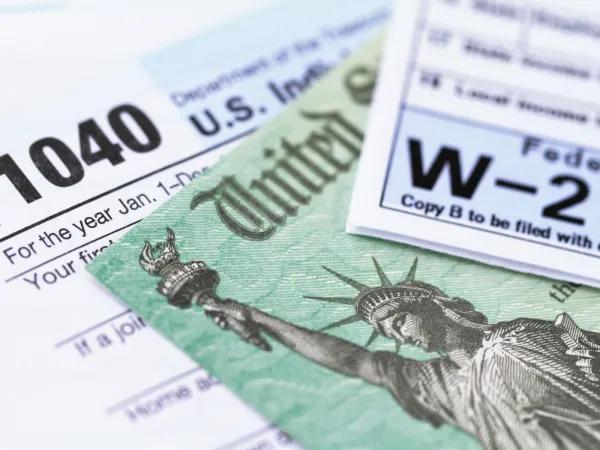
A little wooden house in the grass.
The Environmental Impact of Renting vs. Buying Tools
Renting tools and equipment presents numerous advantages, including cost savings, space optimisation, and the opportunity to test products before committing to a purchase. Yet, one often underestimated benefit is its positive environmental impact. In today's era, where sustainability holds increasing significance, consumers across generations prioritise environmentally friendly products and services.
The rental model inherently supports this shift towards environmental conservation. By promoting more efficient use of equipment, it helps diminish carbon emissions and mitigates adverse environmental effects. Opting for equipment rental not only saves resources but also showcases a commitment to sustainability to clients. Here are several ways in which renting can contribute to environmental betterment.
Minimise Excess
Try to consider tool rental. You're essentially engaging in a shared usage model with fellow professionals. This collaborative approach optimises the tool's value and utility, benefitting numerous individuals. Consequently, fewer products are bought, stored, and eventually discarded. Take, for instance, a tiller—a tool typically utilised infrequently, perhaps once a year by most users. Purchasing a tiller entails bearing the full cost, including storage, maintenance, and annual fuel refills and emptying. Over a decade, the tiller might only be used 10 to 20 times.
Conversely, a rented tiller sees much higher utilisation, often being rented out approximately 25 times per season at a rental centre. With proper maintenance over five years, one tiller can be utilised 125 times. Considering the carbon footprint required to produce the same number of tools if each rental customer purchased their own tiller, it's evident that renting satisfies the needs of numerous customers with just one piece of equipment.
Promoting Reusability
Rental companies prioritise meticulous maintenance of their product inventory, ensuring prolonged equipment lifecycles and facilitating potential resale upon completion of the rental period. Considerations of size also play a role. Using our earlier example of the tiller, imagine you own one for your landscaping needs but require a slightly larger model for a new project. Renting equipment not only facilitates individuals in achieving their sustainability objectives but also contributes to reducing their company's overall carbon footprint.
For instance, wood chipper hire is a great example of promoting reusability while also maintaining sustainability. By cutting wood into smaller bits, it helps reduce debris that would otherwise fill a landfill and isn’t used by everyone all the time. And as environmental laws evolve and regulations become more stringent, rental companies are actively collaborating with suppliers and customers to ensure the continued availability of sustainable options across their operations.


